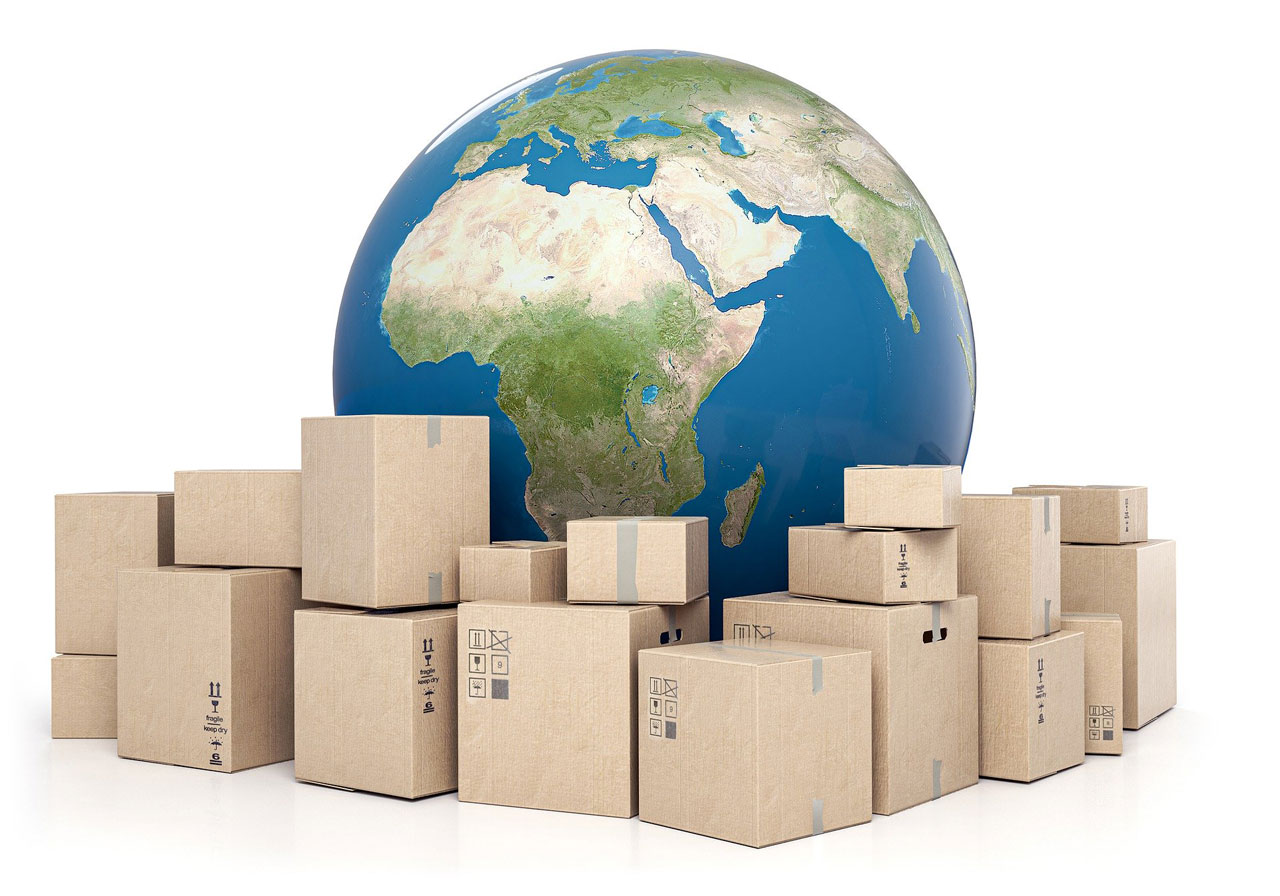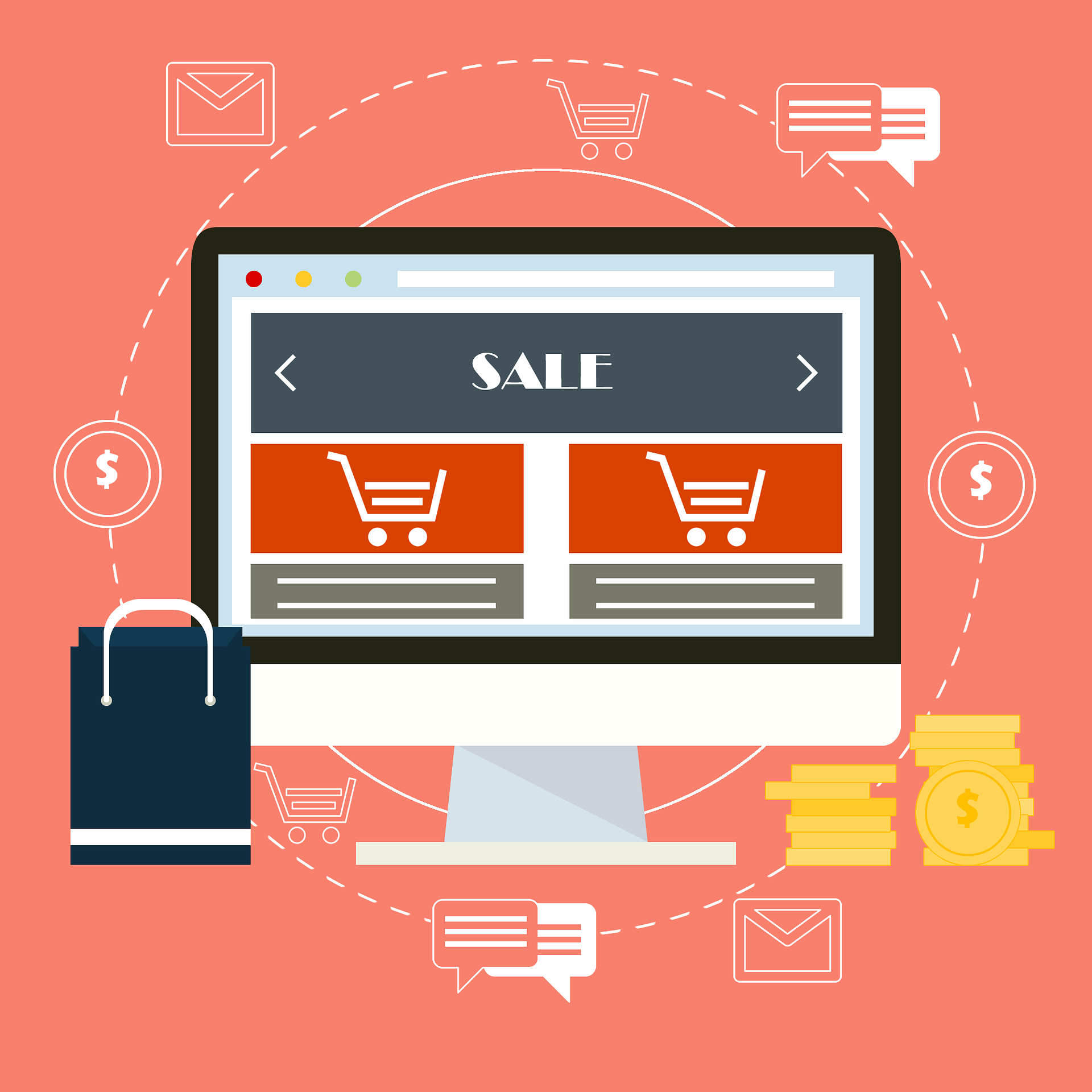VR APPS ONLINE!

Customers, buying behavior and thus also the market itself are constantly changing. For sales, this means nothing more than having to constantly adapt to changing needs in order to reach customers with new offers.
For this reason, sales people are always looking for the perfect way to reach their customers on the right path. We will help you find the right way and show you what options are available to you.
Table of Contents
You can distinguish between direct and indirect sales. Indirect sales can also be divided into various multi-level sales channels.

Direct sales channels are when there is direct contact between the company and the customer. There is no middleman or intermediary. This of course has the huge advantage that you can get to know your customers better and thereby create tailor-made offers, as well as receive direct feedback from customers. In addition, the customer has a direct contact person if they have any questions or would like to make some comments.
Of course! This type of sales can be particularly worthwhile if there is a lot of interaction between the customer and the company.
With your own (and hopefully well-trained) staff, you can ensure that your customers always get the exact information they need. What’s more, you can always clarify questions that arise with the customer directly.
Also, you don’t have to share your profit with any third party or pay someone to sell your product.
And while we’re on the topic of money:
With direct sales, you retain full control over your product. This means that you alone decide how much your product should cost, how and with what budget it should be advertised. What’s more, you can avoid distribution conflicts because everything is in your hands.
Direct sales channels sound like the Holy Grail at first, but like anything else, there are some downsides as well.
On the one hand, providing such personal and individual care is very time-consuming and therefore expensive, because you need enough employees to look after your customers. It goes without saying that you’ll not have contact with the masses, as you’ll be advising customers in one-on-one meetings. Overall, this could lead to you reaching fewer customers. However, you may establish good customer relationships with these few.
The linchpin of direct sales is always the sales staff. That’s why it’s so important that your employees are well-trained and know exactly how to deal with customers.

If you choose indirect sales channels, the company has no direct contact with its own customers. There is always at least one intermediary between the customer and the company through which a product or service is sold.
If sales are made through an intermediary e.g. a chain of shops, you will very quickly reach a broad mass of people with your offering. This could mean higher visibility and ultimately more customers.
Because sales are made via an intermediary, you don’t need a large sales team to take care of the customers. This, of course, saves personnel costs. What’s more, by entrusting the sale of your products to retailers who know their region and specialize in sales, they may even be better than you when it comes to talking to people from the region and knowing what sales arguments convince them.
You also make yourself less dependent on your own location. On the one hand, you no longer need large warehouses to store products until they are sold. On the other hand, the retailers may open up opportunities to sell the products abroad. When it comes to selling products abroad, the retailer may be better informed about their region than you are.
Last but not least: handing over sales to an intermediary can relieve the company of a great deal of work. This reduction in workload will free up more resources to concentrate on the core business and improve the company’s own products or expand its product range.
While in direct sales you are responsible for the entire operational process yourself, in indirect sales you hand over tasks and responsibilities. As a result, you also have less influence on the prices and advertising of your own products.
It’s true that you will have low personnel costs, but you will have to share your profits. After all, your intermediaries have to be paid too.
And probably the most important disadvantage: You don’t have any contact with your customers in indirect sales, and therefore you don’t receive all the information you would get in direct sales. If you don’t talk to your customers at all, you won’t get any feedback and you won’t know how to better align your product or strategy to the needs and wishes of your customers.

Multi-level sales means that a product or service is not only sold through one intermediary, but that several intermediaries are involved. Multi-level sales are classed as indirect sales and can take place on different levels.
For example, if you opt for single-level sales, there is only one intermediary. If, on the other hand, you opt for three-level sales, three intermediaries are involved in the sales process.
This model may sound very complicated at first, so we want to show you what it’s all about by looking at some examples.
We have already described what indirect sales are. Single-level sales are the simplest form of indirect sales.
Imagine you have a product that you want to sell in a retail store. If you opt for a single-level process, you send your product directly to the stores that you want to sell your products. Your product will only pass through one more station before it reaches the customer.
If you decided to sell your product through a three-level sales channel, your product would be delivered from the manufacturer to the wholesaler, where it would finally end up in a retail store. It is only after these intermediate stops that the product would arrive in the hands of your customer.
Answering this question is not easy. There is no one sales channel that acts as the perfect solution for everyone. Therefore, the only correct answer is: it depends.
What does it actually depend on though?
Well, for example, it depends on your product and customers.
If, for example, your product is not self-explanatory or your customers need support (e.g. because they need to install or build something), then direct sales channels or well-trained intermediaries are of paramount importance.
But what kind of customers do you have? What is their average age? Do they prefer to buy in online shops or directly in the shop? These are just a few aspects to which you need to pay attention – you’ve probably realized what we’re trying to say. If you want to know more about this, we found an article that might be interesting for you. Read it here.
And you know what?
Even the German government has created a checklist to help you find the right sales channel.

After Sales 1.0, 2.0 and 3.0 , we are currently in Sales 4.0. You’re now wondering what that means or you already know what it means but what to know more about it?
Then stay tuned, because we’ll show you what Sales 4.0 is all about.
First of all, we want to answer the question as to what Sales 4.0 is all about. In fact, Sales 4.0 is a logical consequence of digitalization. Digitalization has not only made people’s lives easier; it has also made them more connected. And this connectivity, in turn, means that you have more information about potential customers at your disposal for sales, which you can then use to align your sales strategy.
What does this look like in practice?
For example, your customers exchange information about your products and company in videos or posts on social media. In the same way, almost every online shop today has a comment and rating function that allows customers to comment on the products.
Articles and press releases can also be informative. For example, the announcement that one of your potential customers is expanding might be a reason for you to contact them again to make them an offer.
With cleverly planned sales strategies, you collect all this information, analyze it and then align your strategy to the results. There are already many tools from different providers that can be used to collect and analyze data.
When we talk about collecting and analyzing data, we also have to deal with the term “Smart Data”.
You will probably already be familiar with the term Big Data. Big Data measures are primarily used to analyze large amounts of company data, which the company has usually collected exclusively on its own pages. For example, how often and how much your customer buys which products on your company’s website. This will allow you to track which products your customer has purchased in the past and enable you to offer the same or similar products in the future.
In contrast, Smart Data technologies focus on collecting high-quality data, rather than just large amounts of data. This involves determining which data is relevant for the respective analysis and recording this data directly at the point of origin. In other words, the analysis is based on less, though more important, data.
Smart Data can link different data together to provide more information about the context in which the customer purchased a product. This way, you not only know that the customer has bought a product; you also know their reasons for doing so.
Let’s take a look at an example!
Let’s take as an example a customer who first looks at a website to see which household remedies are best for a cold. In the next step, they search for painkillers on a pharmacy’s website. Perhaps they will also discover which restaurant has the best chicken soup in town.
What does all this mean in concrete terms?
Well, according to the Big Data approach, the first page informs us that our user needs home remedies to fight common colds. Future advertising on this page would be for honey, tea and hot water bottles.
From the pharmacy page, we know that the user needs medication to treat pain. The user will now get advertisements for different painkillers. However, since the page doesn’t reveal why exactly they are in pain, they only receive advertisements for painkillers, although they may use other medications. This is, of course, an unexploited opportunity to sell products.
Page 3 knows that our user is looking for the best chicken soup in town. Maybe they just like eating soup? Anyway, reason enough to make them constant offers for restaurants with the best soup in town!
Since Smart Data methods can be used to establish the connection between the three search queries, the salesperson knows in this case that the user (or maybe someone around them) has a cold that needs to be fought. For example, they could now offer their customers specific combination products that directly treat several symptoms.
However, the potential customer has a cold at this very moment, so it’s likely they’ve already managed to get their hands on some medication. Therefore, maybe it makes more sense to offer them thermos flasks or scarves, because they can then take both these items to work once they are healthy again? Or maybe they need something to strengthen their immune system so that they don’t get infected again so quickly?
And what do we learn from all of this?
Smart Data provides sales teams with completely new possibilities to offer products and services to the right customer at exactly the right time. In addition, the analysis not only tells you THAT a customer has bought a certain product; it also tells you WHY they have bought it. If you apply this knowledge correctly, you will be able to offer your customers not only what they need, but also what they don’t even realize they will need.

Now that we’ve shown you how digitalization has a profound effect on sales, we want to show you a way to inspire your customers when you leave the beaten track and break new ground.
The new way we would like to introduce to you is Virtual Reality.
You’ve probably heard the term before, but haven’t thought about it very much. Virtual Reality can be used successfully in an abundance of situations, because it reaches your customers on a completely different level than print media or a simple video would.
Virtual Reality is no longer in infancy, but has established itself as a serious and successful medium, from which many companies already benefit across the globe.
The big advantage of Virtual Reality applications is the high levels of immersion that enthrall customers. As soon as someone puts on the VR glasses, they completely zone out of their current environment and solely concentrate on the 360° experience offered in the glasses.
This way, they aren’t distracted by anything and can perceive the Virtual Reality application with all their senses. This, in turn, means that your customer is fully concentrated on your product and is waiting for you to convince them!
And that brings us to one of the most important aspects: emotions. When you use Virtual Reality applications, your customers don’t just see what you want them to see; they experience it and can feel it!
A good example of this is the VR project at Lufthansa. The German airline has teamed up with Samsung and 3spin and now uses Virtual Reality in several areas within the company. You can see exactly what this looks like here:
Gone are the days when you just presented customers with boring brochures and they had to imagine the rest. Nowadays, Virtual Reality applications turn a simple sales conversation into a real experience that will etch itself into the memory of your customers so much so that they won’t be able to forget it.
With VR, you suddenly have the opportunity yo take your customers on a journey – no matter if you want to send them to idyllic beaches on the other side of the planet or if you want to take them to one of your production sites. It allows you to navigate your customers through world history with just one click. What’s more, you will never again have problems with security or expensive plane tickets.
Let’s take as an example our project with the language school Regina Coeli.
Language learners find it easier to use a new language when they are in a country of the target language. Therefore, team members in different cities around the world took shots that enable students to explore the world as they sit on the sofa in their living rooms.
In order to find suitable sales strategies that lead to success, it is of paramount importance to always stay up to date with innovations and changes that are announced on the market and among customers. With the increasing challenges, however, there are always new opportunities, such as Smart Data or Virtual Reality, that can support sales teams in their endeavors.
Register for free and start editing!